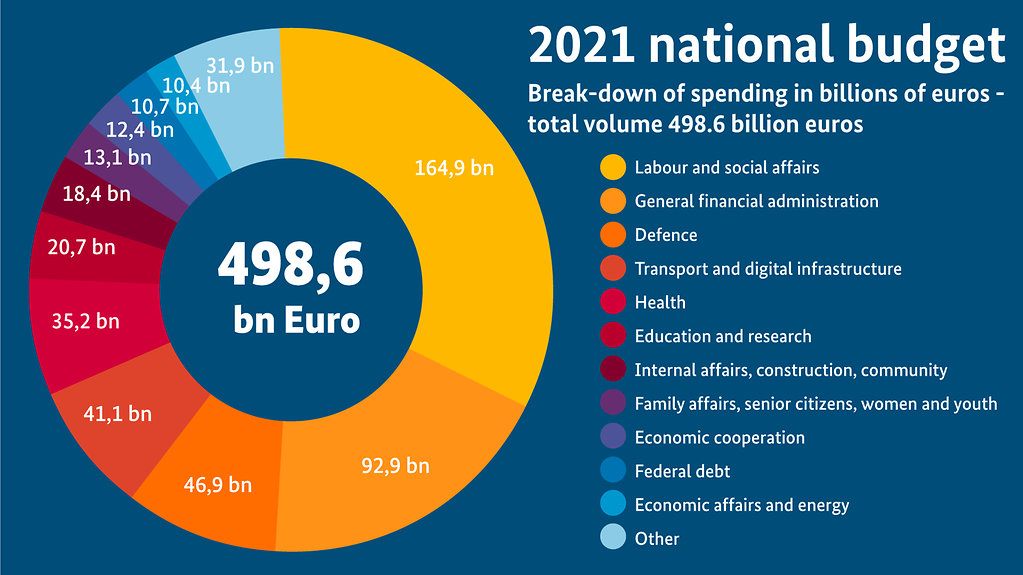

government agency that works to end extreme global poverty and enable resilient, democratic societies to realize their potential. Agency for International Development (USAID) Operations (3%): USAID is the lead U.S. aid that is targeted first and foremost toward improving the lives and livelihoods of poor people, separate from aid targeted for diplomatic and security purposes. Included in this category is International Disaster Assistance (IDA) and Migration and Refugee Assistance (MRA).ĭevelopment Aid (5%) and Economic Aid (10%): U.S. Humanitarian Aid (13%): Material or logistical assistance, typically provided in response to natural and man-made disasters, such as floods, earthquake and famine. Global Health (16%): Funding for maternal/child health, vulnerable children, nutrition, family planning, global health security as well as specific funds to fight deadly diseases such as HIV/AIDS, malaria, tuberculosis, polio and new pandemics such as Ebola. Here are the parts that are most relevant to DFW’s mission: agencies and departments, as well as funding international consortiums and aid programs. While the IA budget represents about 1% of the overall federal budget, only half of this is used for poverty-reducing foreign aid. This account pays for everything from embassy salaries to children’s health programs. diplomatic and development activities abroad. The International Affairs (IA) budget – also known as the”150 account” – pays for a wide range of U.S. What does the International Affairs budget pay for? It is important to know how this process works if we are to understand how we, as DFW members, can make an impact on behalf of women and girls. This month, we are going to dive more deeply into how that 1% is broken down and how the federal budget, including the amount designated for international affairs, is determined. federal budget goes to international affairs. Remember the pie chart from the Advocacy Committee blog in the September issue of The Dish? Many of you may have been surprised to learn that only 1% of the U.S. By Nancy Jacobsen, member of DFW’s Advocacy Committee and the CA, Tiburon-1 chapter


 0 kommentar(er)
0 kommentar(er)
